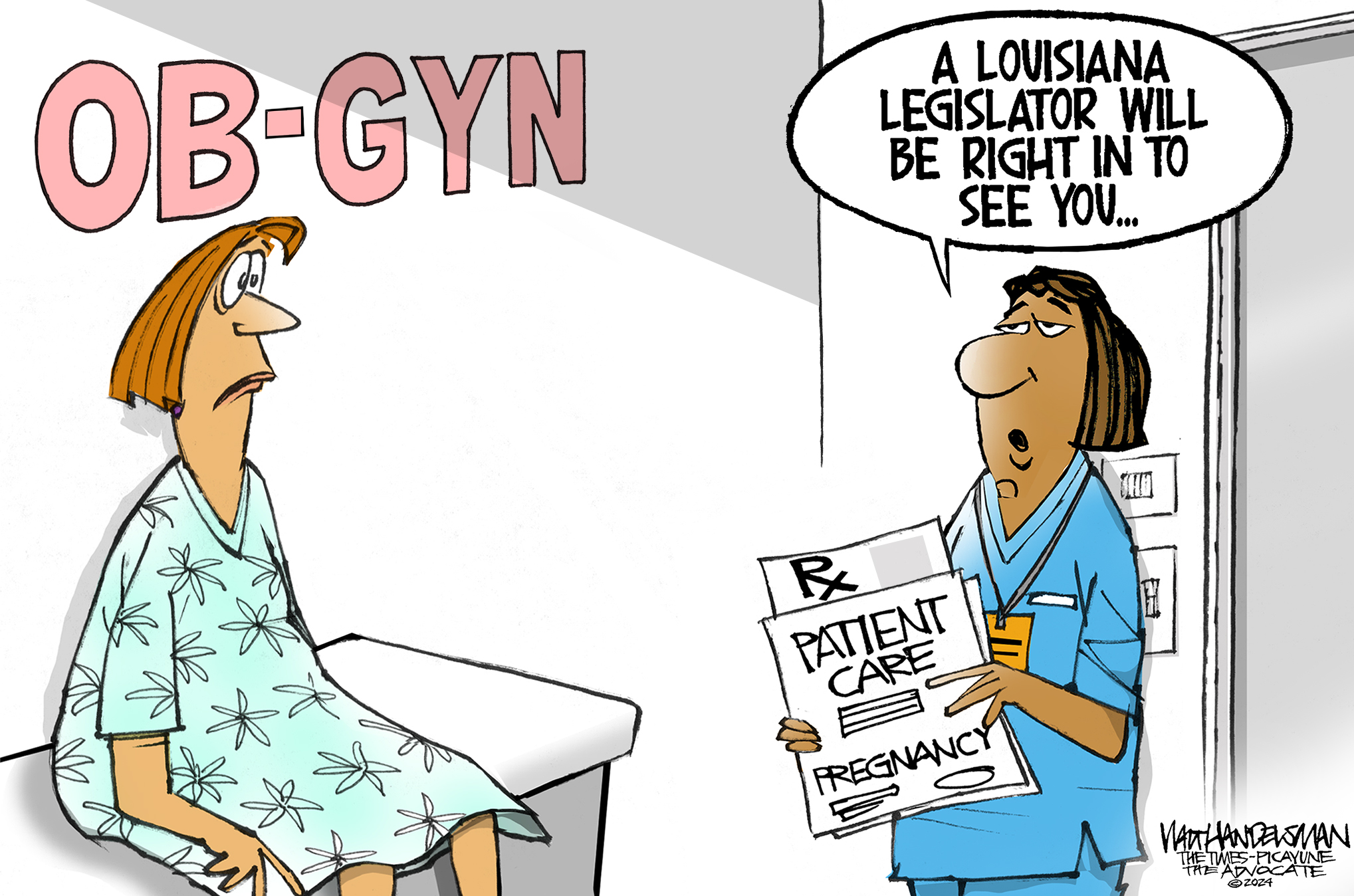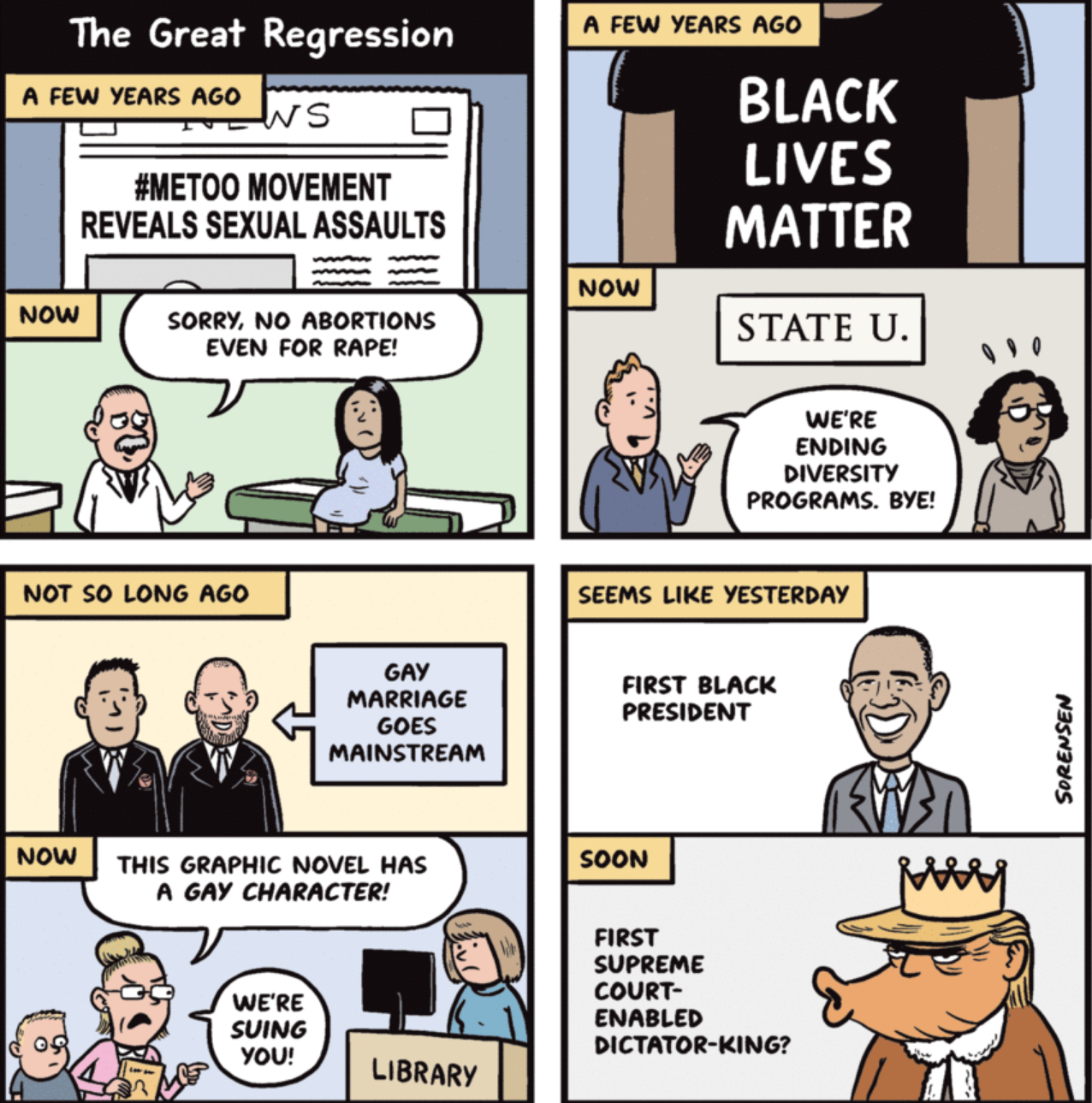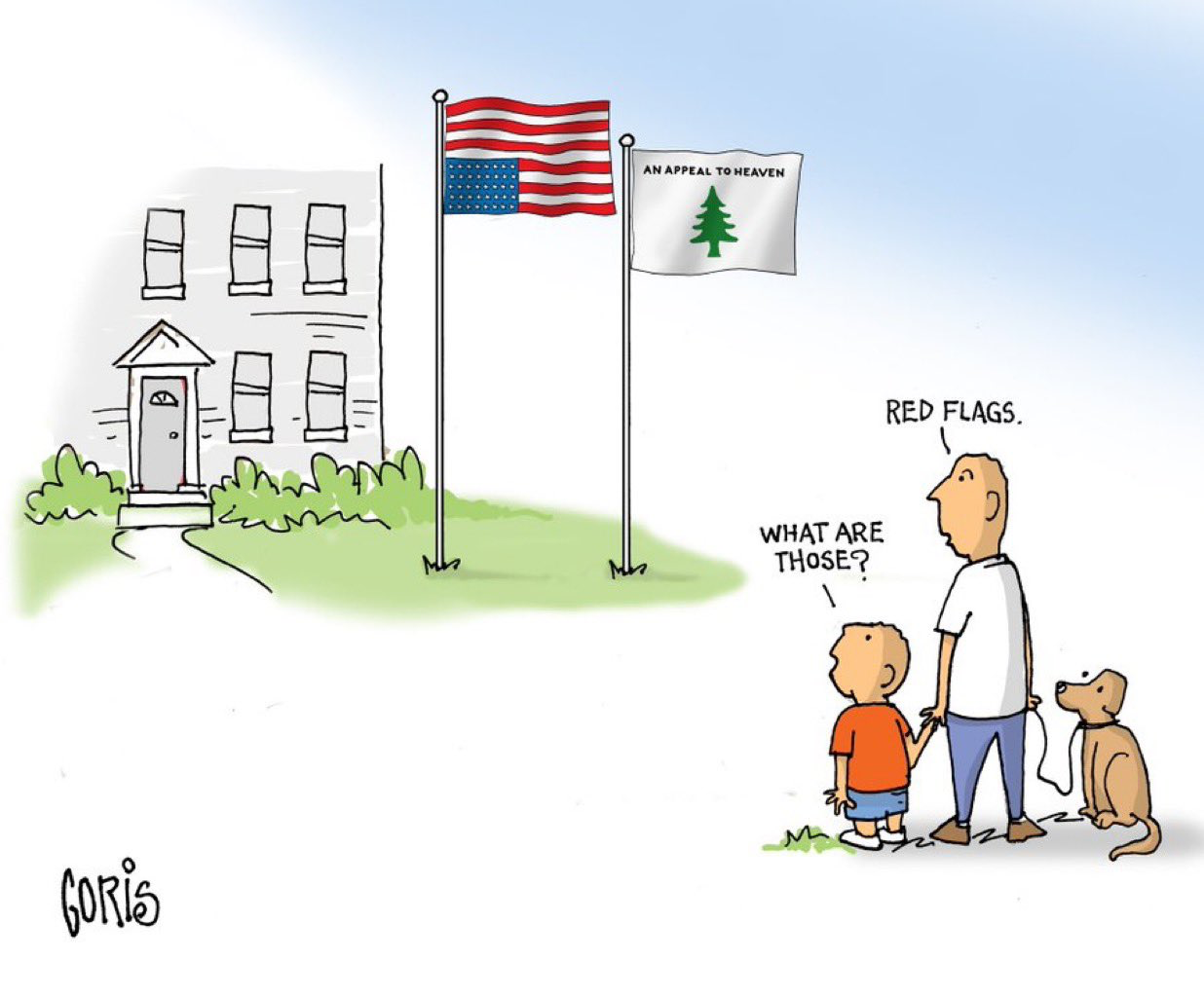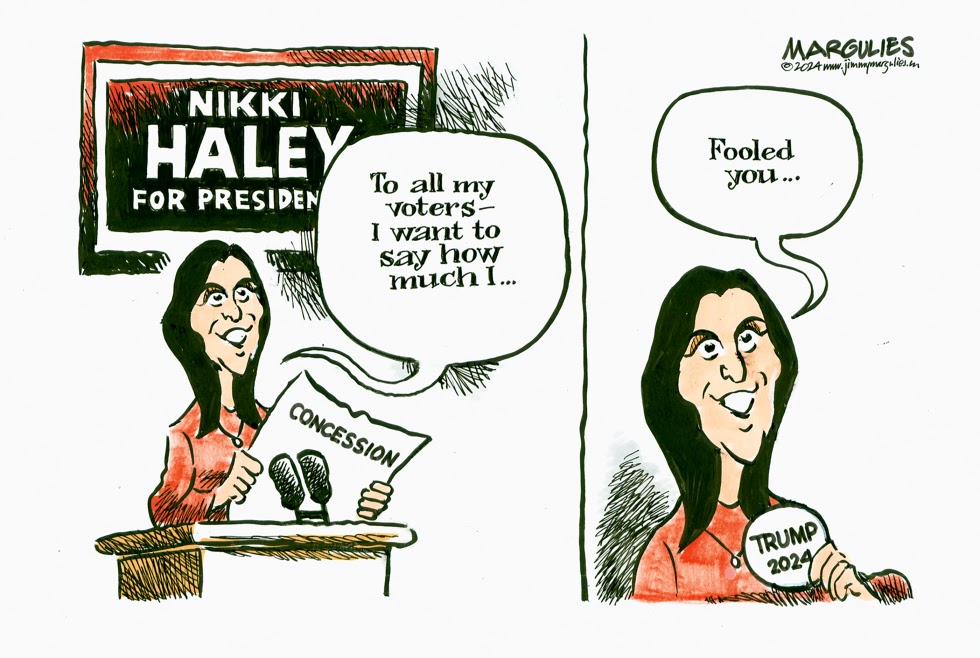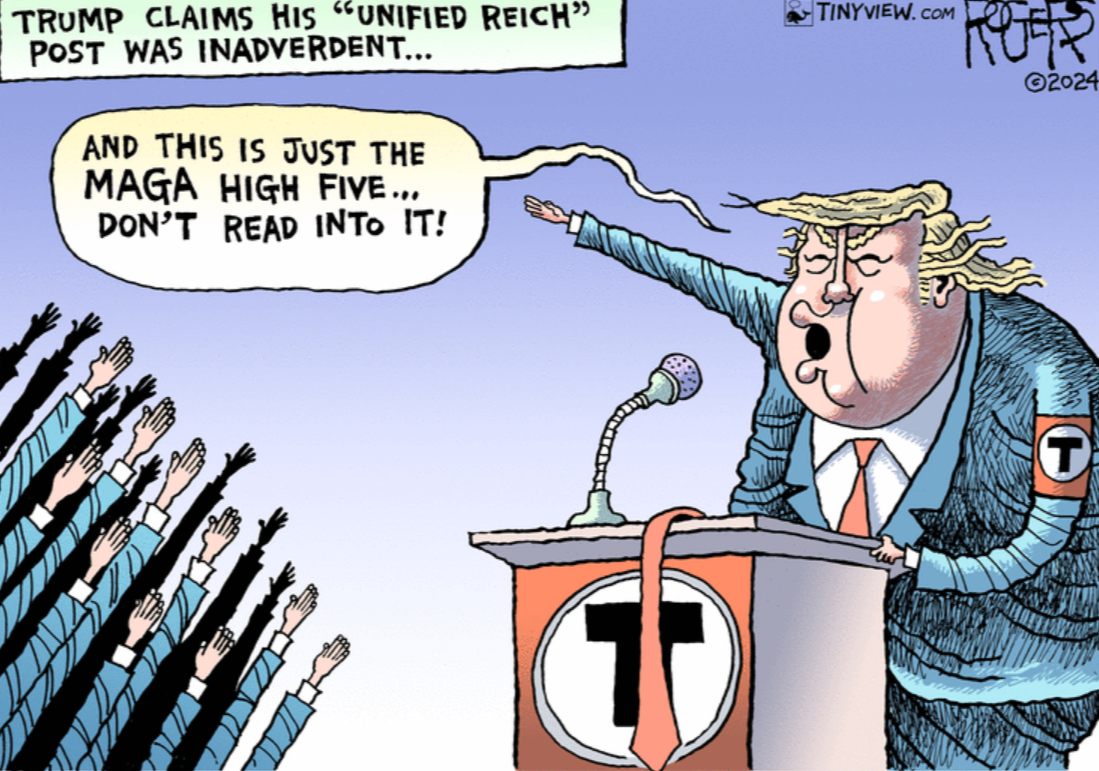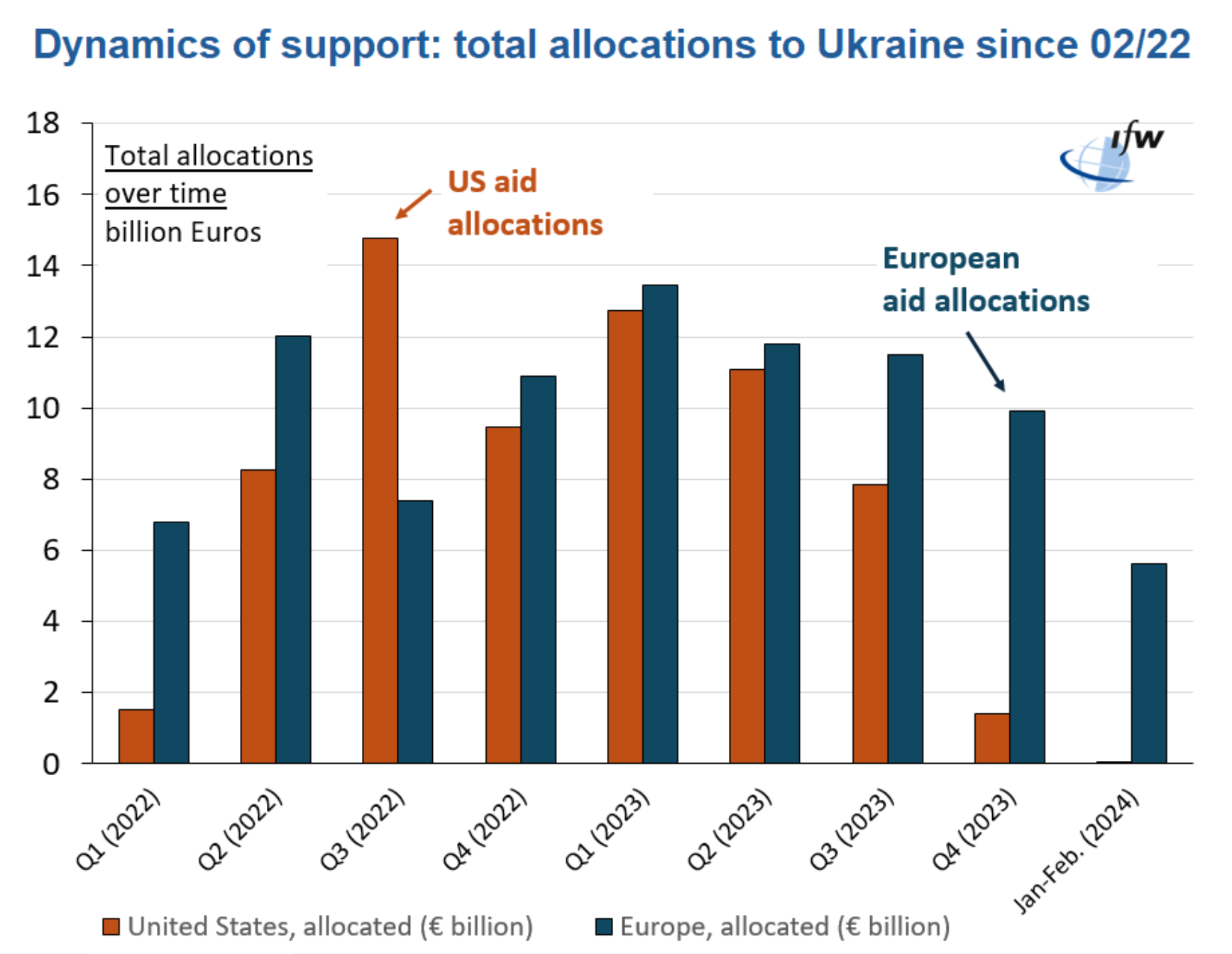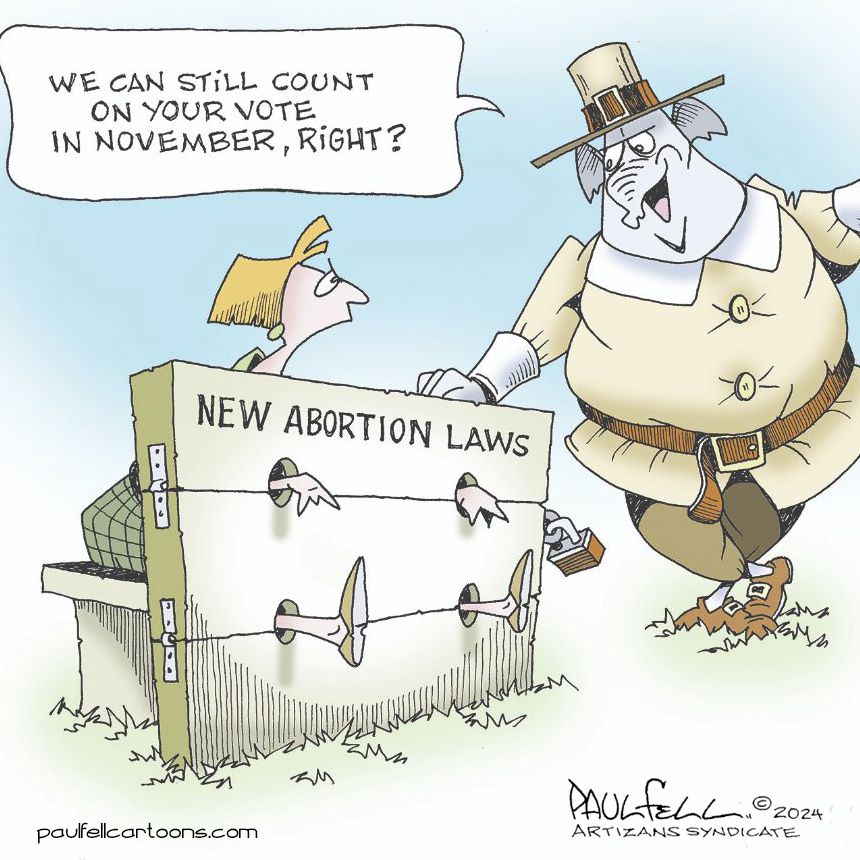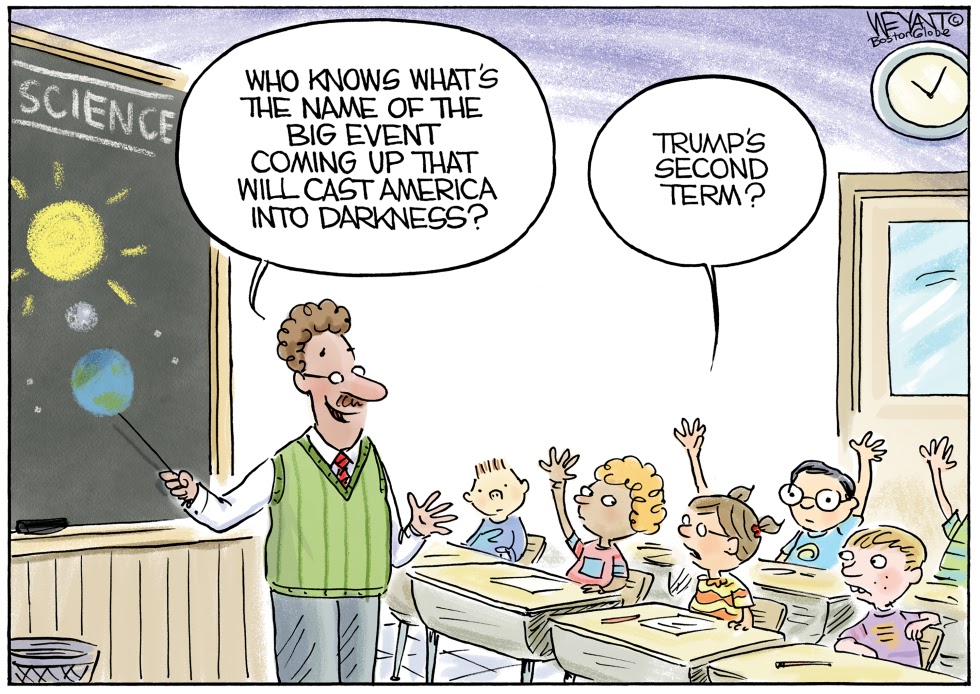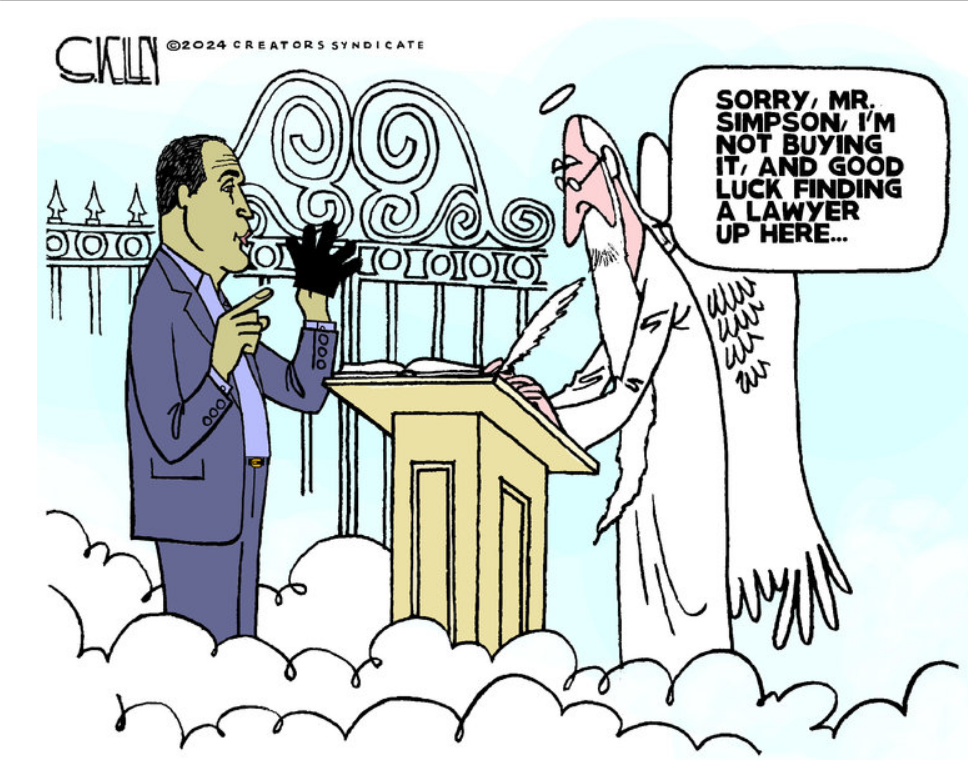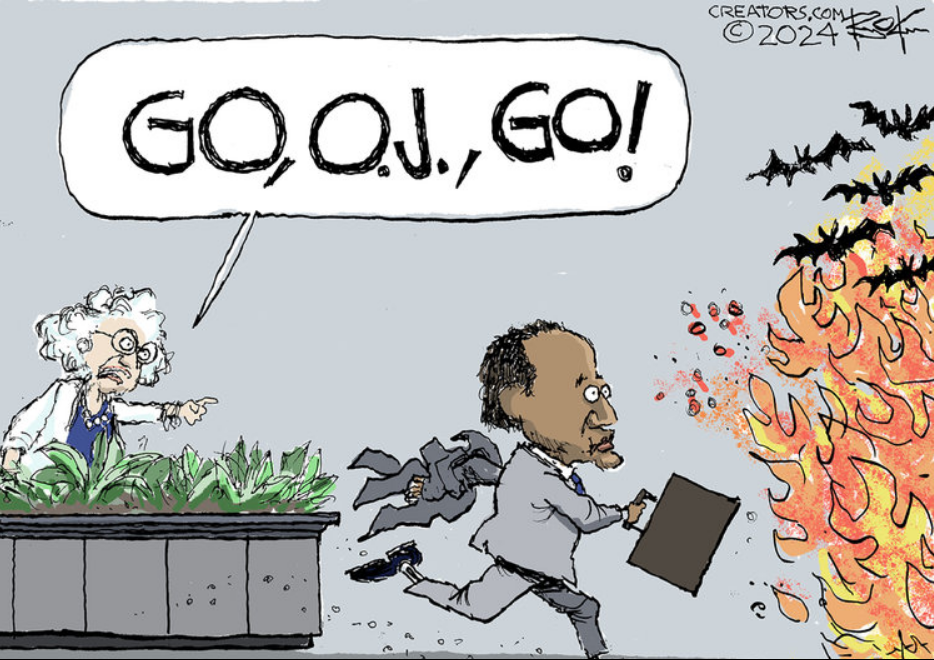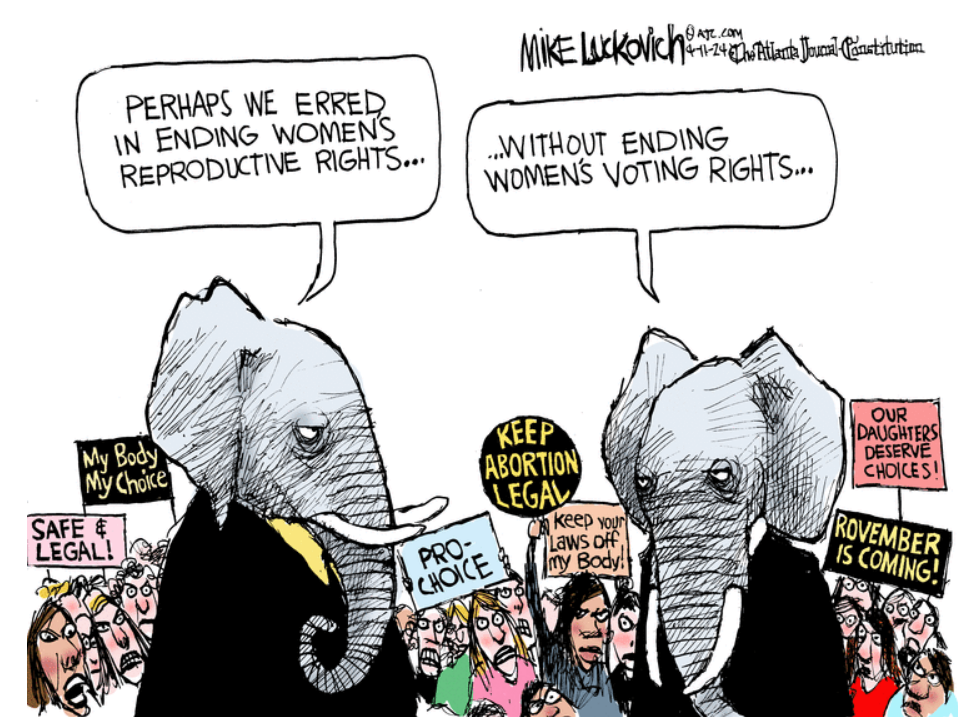The Daily Escape:

Sunrise, Cundy’s Harbor, ME – May 2024 photo by Eric Storm Photo
Everyone’s talking about it. Apparently, as with everything political, there are two sides. In real life, Trump was found guilty. For those of you who feel good about what the jury decided, Wrongo would give you all a big hug if you were nearby. In the Republican parallel universe however, he’s the victim of a Communist show trial. Wrongo hasn’t seen this many White men cry since Larry Bird retired. Don’t be surprised if the verdict caused Martha-Ann Alito to lower her “Stop the Steal” flag to half-mast.
You may not have already heard, but one of the jurors who voted to convict Trump regularly gets their news from Truth Social and Fox, meaning against all odds, they were convinced by the evidence. That was most likely the juror Trump was counting to deliver a hung jury.
At the Mansion of Wrong, we opened a bottle of good champagne.
In a nutshell, the reality facing Americans in the presidential election is that one of the two main contenders is a felon whose campaign is based on claiming the system is rigged. From Ed Luce in the Financial Times (paywalled):
“The Republican party’s nominee now joins his former campaign manager, senior political adviser, chief White House strategist, and national security adviser as a convicted criminal. The jury’s speed and unanimity leave little doubt about the watertightness of the verdict.…No matter what his lawyers advise, Trump’s court of appeal will be the US electorate.”
What happens between the guilty verdict in New York and inauguration day on January 20, 2025 will be a comprehensive stress test of American society. The decision will be made by the individual votes of the 244 million citizens who are eligible to vote, many of whom will stay home rather than vote.
November 5th, 2024 isn’t the end point of this struggle because if the election outcome is disputed, societal forces beyond the courts and the ballot box will again come to draw up sides, as they did in the interregnum between November 2020 and January 2021.
The verdict matters. But is it enough to be decisive? The jury is, well, still out on that, and will be until November. But the verdict is a welcome outcome if you’re anti-Trump. It pierces Trump’s preferred narrative that he’s a winner and it’s plausible that it will depress some margin of potential Trump swing voters while activating the Democratic base.
Biden should seize the moment. He doesn’t need to speak about the details of the NY case, except to profess his faith in the judicial system and his respect for our fellow citizens who served on the jury. He doesn’t have to engage with the hysterical Trump defenders, except to point out their dangerous demagoguery and un-American attacks on our legal and judicial system.
Trump OTOH, can bitch and moan about unfairness all he wants, but only losers do that. And if you’re explaining, you’re losing. So while we should expect Trump’s conviction to have a very small effect on MAGA Republicans, it will be repellant to most centrists. By contrast, the verdict will be a heartening reminder to liberals and anyone invested in responsible government that the system can still work.
But first let’s take a deep breath and let this uplifting moment wash over us. Now, agree to start every conversation about him by saying: “Convicted Felon Donald Trump…”.
From Dan Pfeiffer:
“A lot of polling shows that a conviction is bad news for Trump. The highly respected Marquette University Law School poll recently did a split-sample. The first group was asked “If it turns out that Donald Trump is found guilty in his New York trial, would you vote for Joe Biden or for Donald Trump?” Biden led Trump 43-39. The other group was asked “If it turns out that Donald Trump is found not guilty in his New York trial, would you vote for Joe Biden or for Donald Trump?” In that group, Trump led 44-38.”
Other polls are similar. CNN released a poll in late April that offered some interesting details on the voters who could abandon Trump if convicted:
“They tend to be younger than other Trump supporters (64% are younger than 50 compared with 37% of those who would not reconsider), are less likely to be White (49% are people of color compared with 17% of those who would not reconsider), are more apt to report being Biden voters in 2020 (20% of them say they backed Biden in 2020 vs. 6% of those who would not reconsider) and are likelier to acknowledge that Biden legitimately won enough votes to win the presidency four years ago (63% vs. 22% among those who would not reconsider). They are also more apt to be politically independent (49% vs. 31%) and ideologically moderate (50% vs. 38%).”
These are some of the same voters who supported Biden in 2020 but who might defect in 2024. We need to remember that Trump is very good at distracting people from his problems by creating new ones, and most voters have very short attention spans.
America no longer has political guardrails. We no longer have standards which are bottom-line required in order for someone to be considered an admirable person. Apparently, a significant percentage of us are willing to elect anyone who yells the loudest or lies the most.
Still, there’s nothing but upside in believing Trump’s conviction will matter. Because if that turns out to be wrong, America will no longer be a place where it’s worth living.
Sadly, Wrongo has no plans for leaving it.
So it’s time for our Saturday Soother, where for the first time in forever, we can stay plugged into the news and talk about what’s going on with our friends and family. But we still need to take a few moments to consider the upcoming week and what it can mean for the nation. Since there’s beautiful weather in the northeast, start by grabbing a seat outdoors in the shade. Now, watch and listen to two musical performances.
First, “Song from a Secret Garden”, from an album by the Norwegian group, Secret Garden. Their music is sort of neo-classical new-age compositions. Here it is performed in 2022 by the Millennium Symphony Orchestra, a Korean group with solo Cello by Yoon Kyung Cho. It’s a lovely arrangement:
Second for levity, watch and listen to “I fought The Law” by the Bobby Fuller Four from 1966. The tune was written by Sonny Curtis of the Crickets and covered by the Bobby Fuller Four. Their version of the song was ranked No. 175 on the Rolling Stone list of The 500 Greatest Songs of All Time in 2004:

